When it comes to transporting heavy machinery, the question often arises: “Has anybody hauled a mini excavator with a dump trailer?” The intersection of these two pieces of equipment often leads to discussions of practicality, efficiency, and safety. In this exhaustive exploration, we will delve into the logistics, considerations, best practices, and alternatives when hauling mini excavators with dump trailers. Understanding the nuances involved can not only enhance productivity but also mitigate risks associated with transportation.
Understanding the Basics
What is a Mini Excavator?
A mini excavator is a compact, versatile piece of machinery designed for various construction tasks such as digging, grading, and trenching. Typically weighing between 1,500 to 10,000 pounds, mini excavators offer mobility in tight spaces where larger machinery can’t maneuver. Their size does not compromise their power; they are equipped with powerful engines and hydraulic systems, making them suitable for a wide range of tasks.
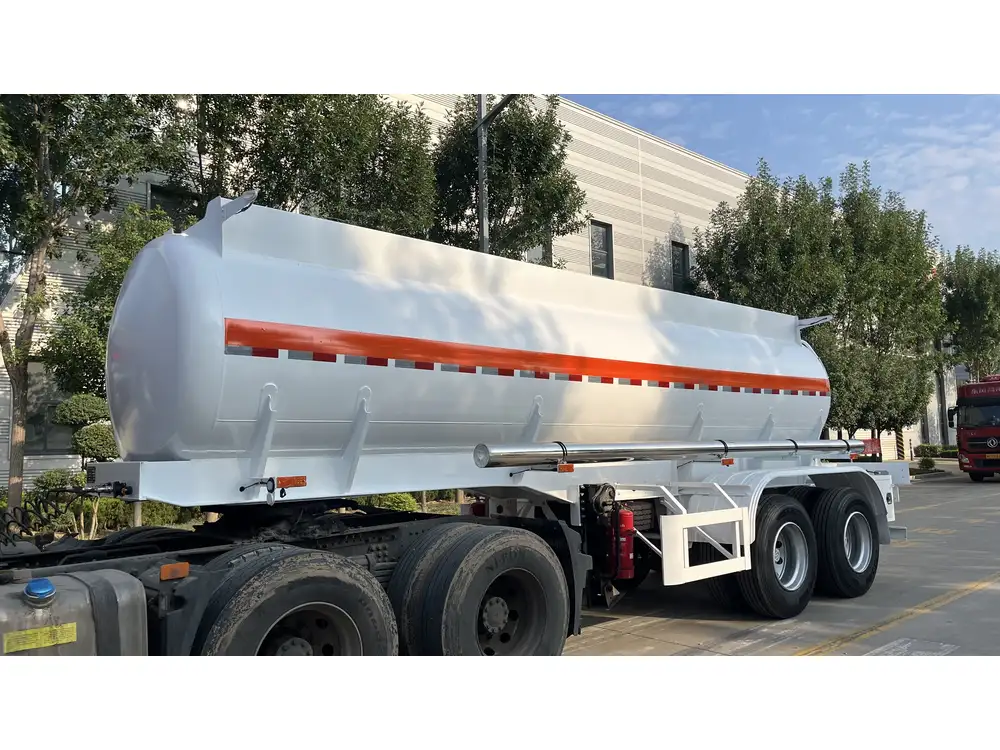
What is a Dump Trailer?
Dump trailers are specialized trailers equipped with hydraulic lift systems, allowing for the quick and efficient unloading of heavy materials like dirt, gravel, and debris. These trailers can be towed by trucks or SUVs and come in varying sizes and weight capacities, commonly between 3,000 to 14,000 pounds. Their design focuses on heavy-duty tasks, making them indispensable for construction and landscaping projects.
Assessing the Feasibility of Hauling a Mini Excavator with a Dump Trailer
Pros and Cons of Using a Dump Trailer
| Pros | Cons |
|---|---|
| Versatile: Can be used for various loads beyond excavator transport. | Weight Capacity: Not all dump trailers can handle the weight of larger mini excavators. |
| Ease of Loading and Unloading: Hydraulic systems simplify the process. | Limited Space: Smaller trailers may restrict maneuverability during transport. |
| Cost-Effective: Often less expensive than specialized equipment transport solutions. | Stability Issues: Overloading can lead to instability, especially on uneven terrain. |
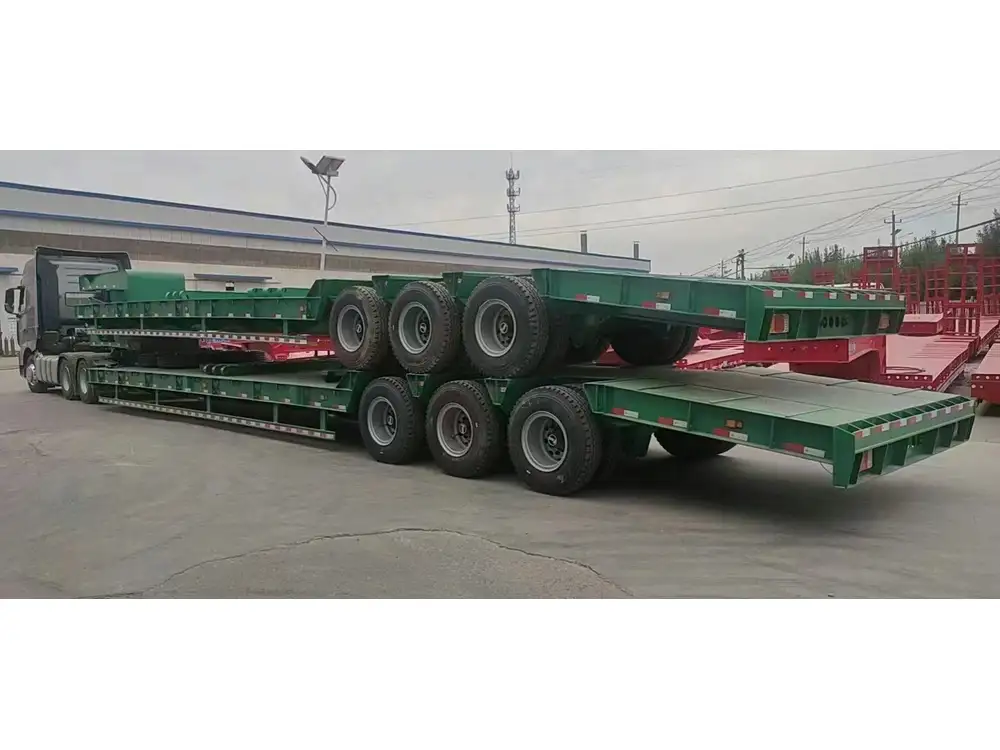
Key Considerations Before Transport
Weight Limitations: Check the dump trailer’s load capacity against the mini excavator’s weight. This ensures safe transport without overloading the trailer, which can be hazardous.
Axle Configuration: Understand the trailer’s axle configuration and how it distributes weight. Uneven weight distribution can lead to tire wear and instability.
Towing Vehicle: The vehicle used to tow the dump trailer must have adequate towing capacity. Factor in the combined weight of the trailer and the excavator to ensure safe handling.
Terrain and Route: Evaluate the route for any potential obstacles, including steep hills or tight corners, which may complicate transport.
Local Regulations: Familiarize yourself with local transportation regulations to avoid fines or safety issues. Some areas may require permits for heavy loads.
Step-by-Step Guide to Hauling a Mini Excavator
Preparing for Transport
Inspect the Equipment: Prior to loading, inspect both the mini excavator and dump trailer for any existing damage. Check hydraulic systems, brakes, tires, and lights to ensure everything operates smoothly.
Secure Proper Equipment: Ensure you have necessary items on hand such as chains, tie-downs, and ramps. This is crucial for safely securing the excavator during transit.
Plan Your Route: Choose the best route considering height restrictions, weight limits, and road conditions. Make adjustments based on traffic patterns and time of day.

Loading the Mini Excavator
Position the Dump Trailer: Ensure that the dump trailer is on a flat, stable surface. Engage the tow vehicle’s brake to keep it stationary.
Use Ramps: Utilize ramps designed for heavy machinery to facilitate loading the excavator onto the trailer. Ensure the ramps are rated for the weight of the excavator and securely attached.
Board the Mini Excavator: Drive the excavator up the ramps slowly and steadily. Balance the load to keep the trailer stable—ideally, the center of gravity should remain low.
Secure the Load: Once the excavator is fully loaded, turn it off and engage the parking brake. Use heavy-duty tie-downs to secure it in place, ensuring there’s no movement during transit.
Transporting the Mini Excavator
Check Towing Mechanics: Ensure that the trailer is correctly attached to the tow vehicle. Check safety chains and brake lights.
Drive Carefully: When on the road, drive conservatively. Avoid sudden movements and excessive speed. Keep a safe distance from other vehicles and adjust your driving based on road and weather conditions.
Monitor Load Stability: Periodically check the load through your mirrors especially if the transport covers a long distance. Pay attention to any unusual noises or sagging.
Unloading the Mini Excavator
Position the Trailer: Find a flat and stable location to unload the mini excavator. Engage the tow vehicle’s brake.
Remove Tie-Downs: Carefully undo all securement ties from the excavator, ensuring there’s no risk of it rolling during the unloading process.
Use Ramps for Unloading: Similar to loading, use ramps to guide the excavator down safely. Control the descent carefully.
Final Inspection: Once unloaded, inspect both the mini excavator and the dump trailer for any damage and ensure no equipment has been compromised during the transport process.
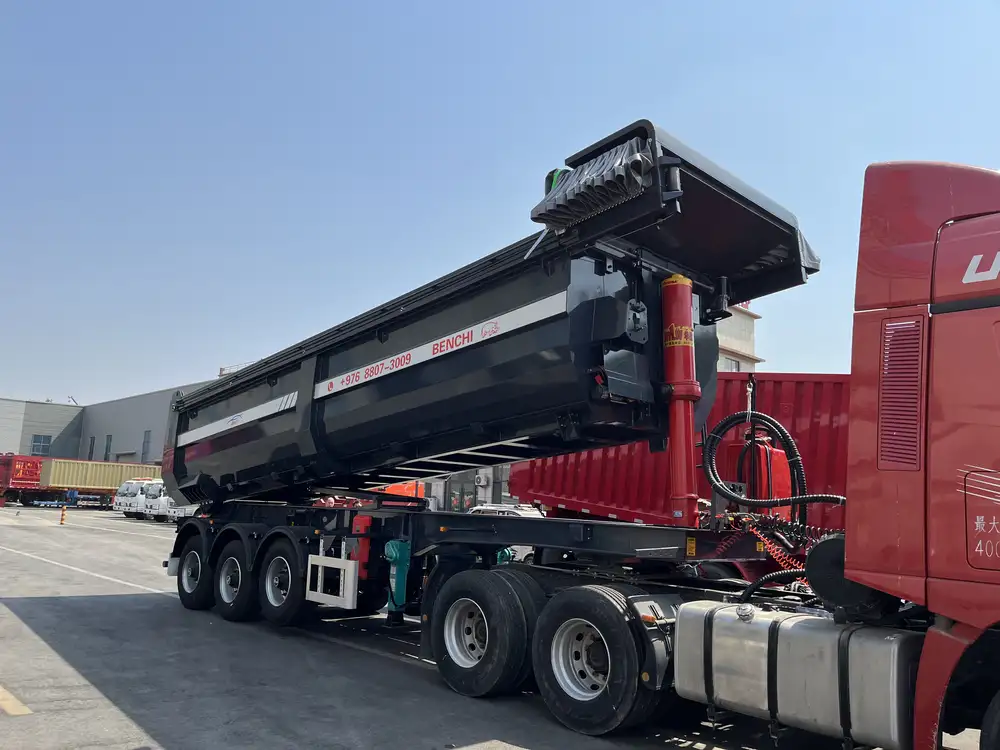
Safety Precautions to Take
Equipment Checks
Conduct regular equipment checks on both the mini excavator and the dump trailer. Look for:
- Tire Pressure: Ensure all tires are inflated to the manufacturer’s specifications.
- Brakes: Test the functionality of the brake system on the dump trailer before each use.
- Lights: Confirm all lights on the trailer are operational for visibility during night-time transport.
Weather Conditions
Be mindful of the weather. Rain, snow, or strong winds can dramatically affect the transport’s safety. Avoid driving in severe conditions whenever possible, and consider postponing your haul if needed.
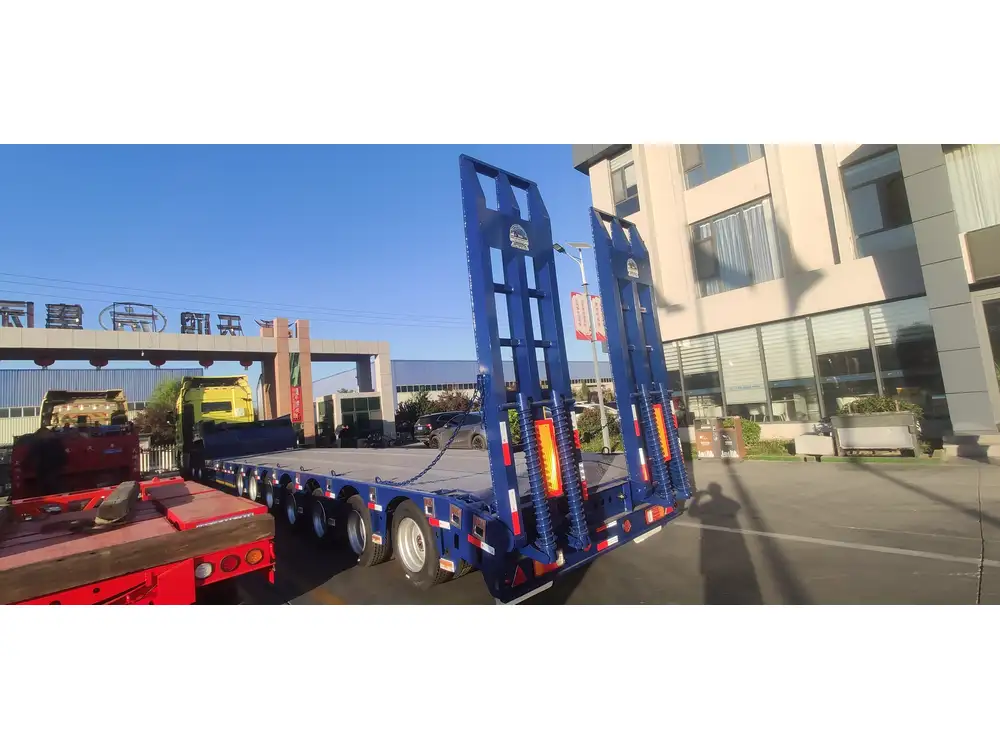
Training and Qualifications
Ensure that the operator is trained and qualified to handle both the mini excavator and the towing vehicle adequately. This not only enhances safety but also contributes to an efficient hauler operation.
Alternatives to Consider
If hauling with a dump trailer seems impractical or unsafe, there are alternatives:
Dedicated Equipment Trailers
- Flatbed Trailers: These are specifically designed for transporting heavy machinery and provide better stability, capacity, and ease of loading.
- Gooseneck Trailers: These trailers distribute weight more effectively and provide a more secure towing experience, especially during longer hauls.
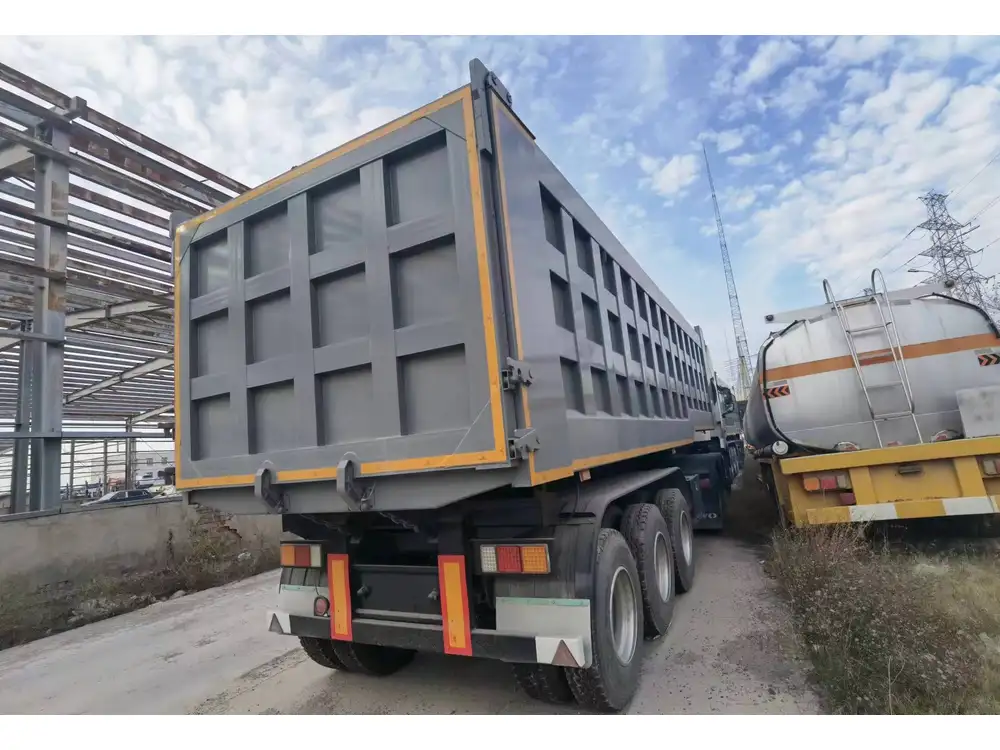
Hiring Professional Services
When in doubt about transporting your mini excavator safely, consider hiring a professional transportation service specializing in heavy equipment. This can alleviate the burden of planning, loading, hauling, and unloading while ensuring compliance with regulations.
Conclusion
To answer the question, “Has anybody hauled a mini excavator with a dump trailer?” — the answer is yes, many have. However, it requires meticulous planning, consideration of safety protocols, and awareness of the weight and capabilities of the equipment involved. By adhering to the guidelines laid out in this comprehensive guide, you can successfully transport mini excavators using dump trailers while minimizing risks and ensuring efficiency during the process.
Whether you are a contractor, site manager, or personal user, understanding the best practices and realistic limitations associated with hauling a mini excavator with a dump trailer can significantly enhance your operations in the field. Engage in thorough preparation, prioritize safety, and always keep learning; this is the key to successful heavy machinery transport.



